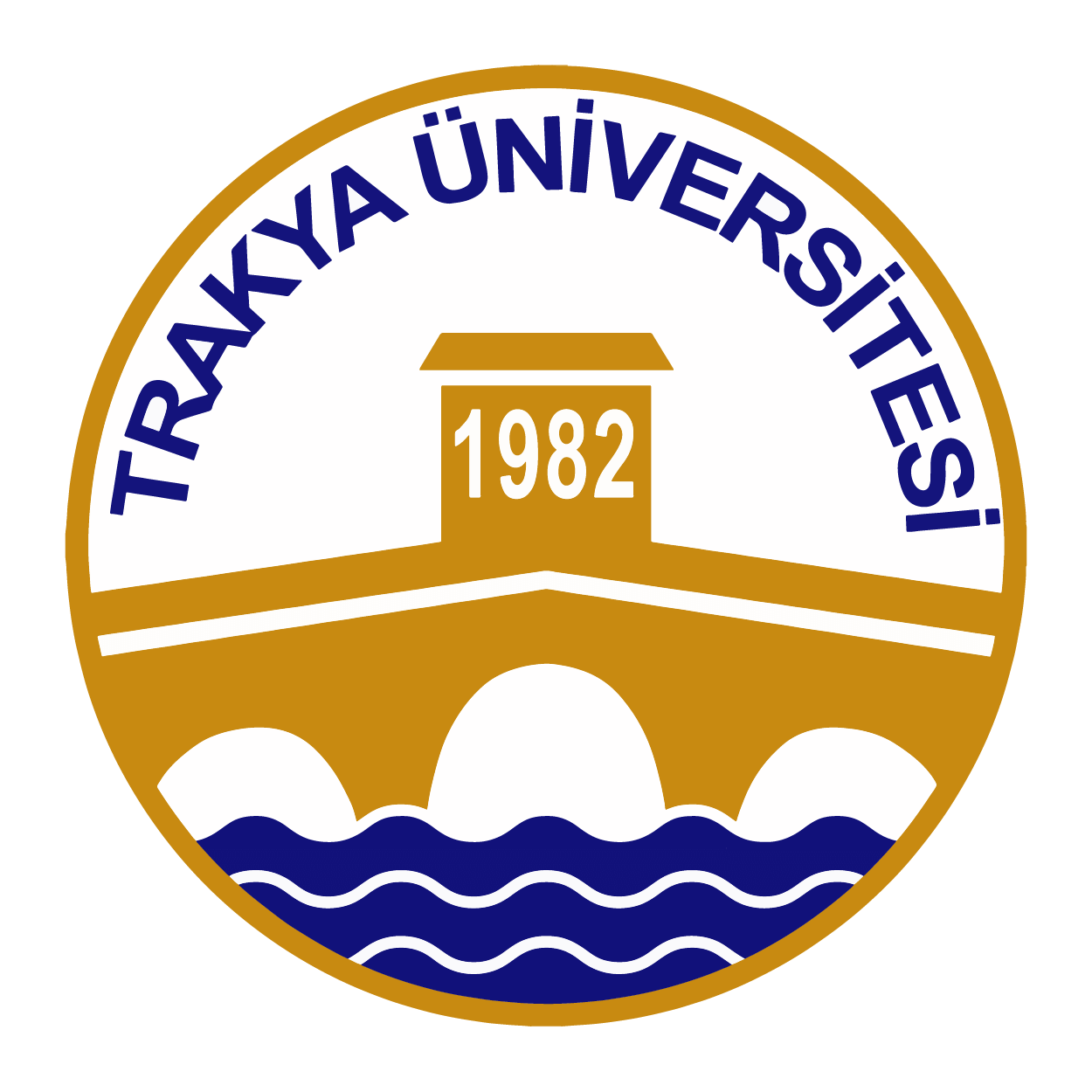Abstract
In the last years of World War II, Nazi Germany began to suffer major military losses on the fronts. Nazis began to form voluntary units called Waffen-SS Divisions from the countries occupied by Wehrmacht as a solution. One of these countries was Yugoslavia, which was occupied by the Nazis in 1941. The Nazis formed 13th SS Waffen Mountain Division "Handschar" from Muslim Bosnians and Catholic Croats living in Yugoslavia. In this study, propaganda posters used by Nazis to collect soldiers for the Handschar Division were examined, using semiotical analysis method in qualitative research methods. Within the scope of the study, three propaganda posters (Family, Homeland, Communism) determined according to the purposeful sampling method were discussed in the light of the semiotic analysis of French Language Scientist Roland Barthes. In the light of the findings obtained, it was seen that the Nazis used both religious and ideological arguments effectively while forming the Nazi propaganda posters.



